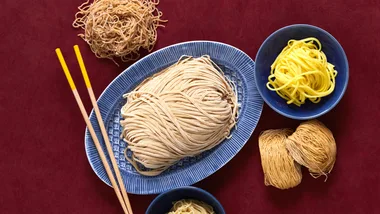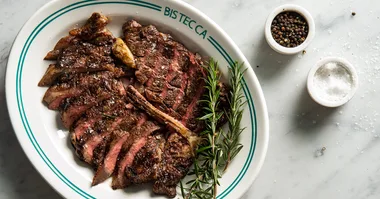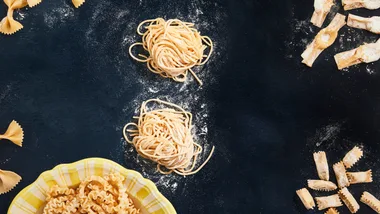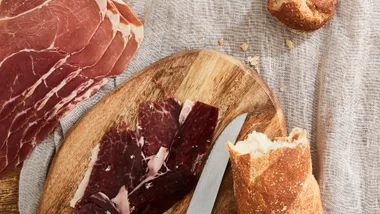WHAT TO PLANT
Cool/mountainous
Beetroot seed
Broad Beans seedling
Broccoli seedling
Bok Choi/Pak Choi seedling
Carrot seed
Celery seedling
Coriander seedling
Fennel seedling
Garlic (bulbs)
Herbs (all except basil) seedling
Kale seedling
Lettuce seedling
Parsnip seed
Peas seed
Rocket seedling
Radish seed
Silverbeet seedling
Spinach seedling
Spring onion seedling
Turnip seed
Strawberry seedling
Swede seed
Temperate
Beetroot seed
Broad Beans seedling
Broccoli seedling
Bok Choi/Pak Choi seedling
Carrot seed
Celery seedling
Coriander seedling
Fennel seedling
Garlic (bulbs)
Herbs (all except basil) seedling
Kale seedling
Lettuce seedling
Parsnip seed
Peas seedling
Rocket seedling
Radish seed
Silverbeet seedling
Spinach seedling
Spring onion seedling
Turnip seed
Strawberry seedling
Swede seed
Sub tropical
Beetroot seed
Broccoli seedling
Bok Choi/Pak Choi seedling
Carrot seed
Celery seedling
Coriander seedling
Herbs (all except basil) seedling
Kale seedling
Lettuce seedling
Rocket seedling
Radish seed
Peas seed
Silverbeet seedling
Spinach seedling
Spring onion seedling
Strawberry seedling
Tropical
Beans seedling
Beetroot seed
Bok Choi/Pak Choi seedling
Carrot seed
Capsicum seedling
Celery seedling
Chilli seedling
Cucumber seedling
Eggplant seedling
Herbs (all except basil) seedling
Lettuce seedling
Pumpkin seedling
Rocket seedling
Radish seed
Silverbeet seedling
Spinach seedling
Spring onion seedling
Squash seedling
Strawberry seedling
Sweet Corn seedling
Tomato seedling
Zucchini seedling
Silverbeet is ideal for boosting a gardener’s confidence, writes Mat Pember, and with frequent harvesting it’s the leafy green that keeps on giving.
There comes a time when we need to boost our battered confidence a bit. Often, a small win is all we need to get back into our stride and once again reach our own high standards. Fortunately for us edible gardeners, there’s an easy-to-grow plant called silverbeet – the ultimate gardening rebound.
Silverbeet, commonly known outside Australia and New Zealand as chard, is a robust leafy green. If you grow the rainbow variety, its stalks are so colourful you’ll wonder whether you’ve stepped out of your garden and into Chagall’s studio. Although it’s part of the beet family, silverbeet does not have an edible root bulb, or any root bulb for that matter. Very confusing, I know. Its other aliases include perpetual spinach, spinach beet, crab beet and – my personal favourite – mangold. No matter what you prefer to call it, this green tastes great.
Silverbeet can be planted year round, provided the environment isn’t extremely hot or cold. This means it’s a ready tenant whenever new garden real estate becomes available. At the Little Veggie Patch Co, however, during the hot months we like to use all our available space for summer vegetables, so silverbeet has become a de facto winter crop.
As with all edibles, soil and location are key.
It should come as no surprise that silverbeet does best in nutrient-rich, well-draining, loamy soil.
If you’re tight on space, you can meet all these conditions by putting an individual plant in a 30-centimetre pot. When planting directly into the ground, mix in a bag of organic compost to give the seeds or seedlings an extra boost. What you put in your soil ultimately ends up in your food, so make sure you use the good stuff.
Silverbeet does best in full or partial sun, but can also cope with some pretty bleak spaces. Find the best location possible and sow the seeds or plant seedlings 20 to 40 centimetres apart. If you live in a frosty climate, propagate the seedlings indoors and wait until they’re about seven centimetres tall before transplanting them outside. The early days are critical, but once it’s established, silverbeet is indestructible.
Water the seedlings every morning and after four weeks thin them to about half their original numbers. Each individual silverbeet seed will produce a few stalks, so choose the strongest seedlings and pluck out the others to give the survivors plenty of space to thrive. The plants also benefit from a monthly application of a liquid tonic such as seaweed extract to make them even hardier.
Start harvesting the leaves at around six weeks, or once they’re about 30 centimetres long. The rule of thumb for leafy greens is to harvest leaves from the outside (leaving those closest to the centre of the plant) by snipping them near the base or peeling the leaf downward. This type of harvesting encourages further growth and you should get months or even a year of tasty greens from each plant. Be sure to harvest frequently, because the leaves can become quite tough as they age.
Think of silverbeet as you would spinach or kale and cook it accordingly. As a kid I overindulged (if you could call it indulgence) on silverbeet sautéed with olive oil, salt and garlic, and it turned into Popeye broth. I loved it until I hated it and consequently silverbeet took many years to make its way back into my heart. It is safe to say that we have rekindled our romance and I now recognise silverbeet for what it is: a healthful, tasty vegetable that grows like a weed.
TIP OF THE MONTH: PERPETUAL HARVESTING
In the patch we always try to remain sensible when harvesting – that is, we pick only what we need and in a way that’s best for the plant. Sure, sometimes we get excited by the bounty on offer and pick an entire head of lettuce, which ends up sitting in the vegetable drawer, but usually we pick leaf by leaf. This is the idea behind perpetual harvesting.
TAKE A LEAF
All leafy greens, silverbeet included, are best picked leaf by leaf. Taking the outer, more mature leaves first frees up the plant’s energy to let the next generation of food shine through. In this fashion, the plant will keep reproducing, and you’ll have leafy greens on tap. So harvest prudently to make the most of your plant.
ALL GOOD THINGS
Nothing lasts forever, and this is one of those false perpetuities – it eventually runs dry. After a prolonged harvesting period, the leaves will begin to turn bitter and there will come a time when you’ll know that the final green leaf has been picked. Enjoy it while it lasts.









